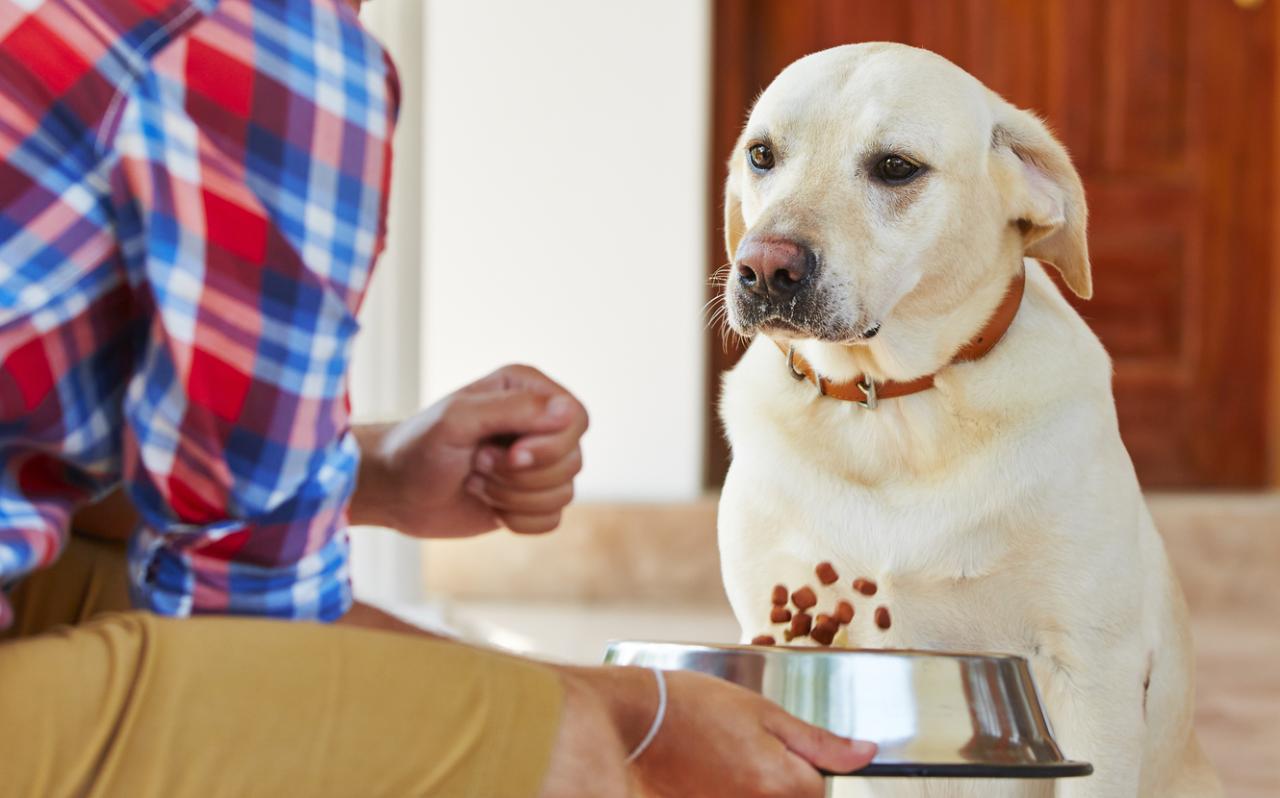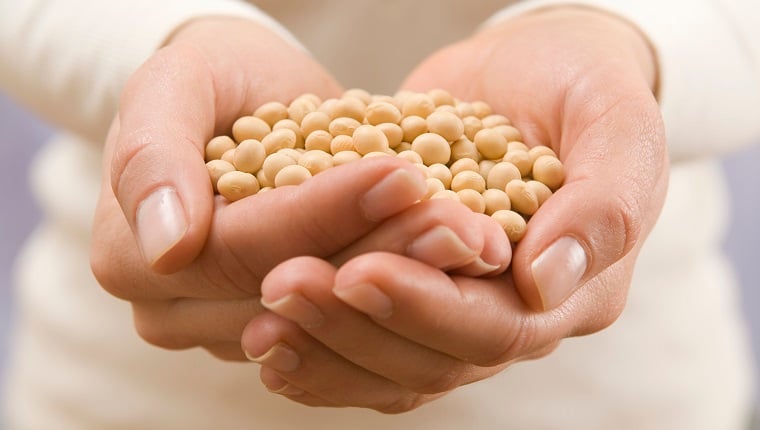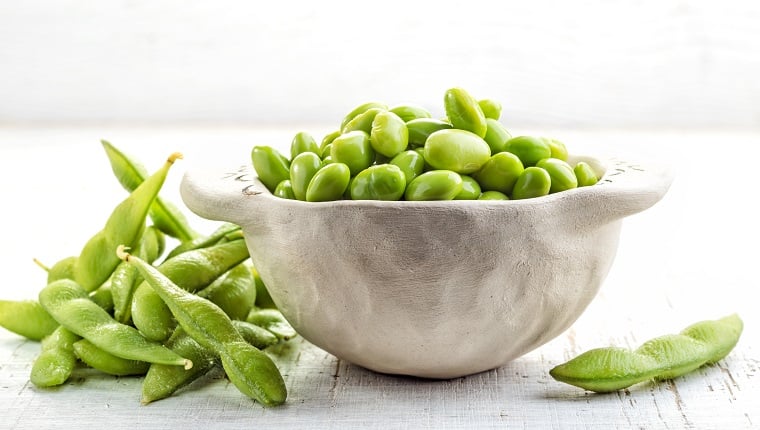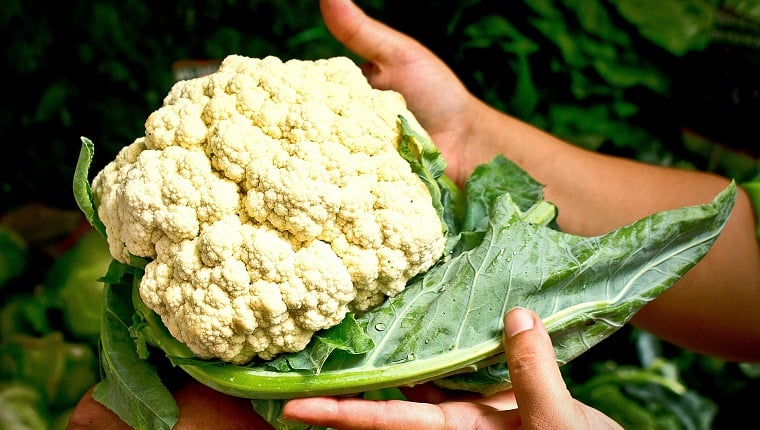
Know your dog’s gut bacteria: Proteobacteria

When to Stop Feeding Your Dog Puppy Food
How to transition your dog to a new, healthier diet
Improving your dog’s diet is one of the surest ways to keep them healthy and happy. Sometimes, however, the transition process itself can be a challenging experience for dogs and their pet parents.
Many dogs can switch from their current diet to a new fresh diet without difficulty. However, other dogs may need to transition to a fresh diet gradually. The difference between old and new foods also changes the required transition time. That’s why switching from dry food to fresh food usually takes longer than switching between different fresh foods.
The potentially unpleasant side effects of dietary changes are a clear example of the impact the microbiome has on a dog’s health. The microbiome — bacteria and other microbes that live in a dog’s gut — changes rapidly with a new diet, sometimes within hours, and it takes time to adapt to the changes and return to its normal function. Rest assured, this interference is only temporary!
Every dog is different, and there is no one-size-fits-all advice for switching between diets. You can usually achieve a new, healthier balance in a week or two, although it may take longer. Before that, bacterial upheaval can lead to some digestive problems. But don’t give up right away! We recommend a slow and gradual transition process to give your dog’s gut bacteria time to adapt to dietary changes and prevent any possible intestinal problems.
How should I make the transition?
Most dogs will perform well if they gradually switch to a fresh diet over 7-10 days. The transition should be done by mixing more and more new fresh diets with your dog’s current diet in the same bowl.
You can use this chart to plan the transition period. It is important to monitor your dog’s reactions. If at any point during the dietary transition your dog shows signs of discomfort, you should slow down the process: go back to a step on the chart, wait for everything to return to normal, and then resume the transition.
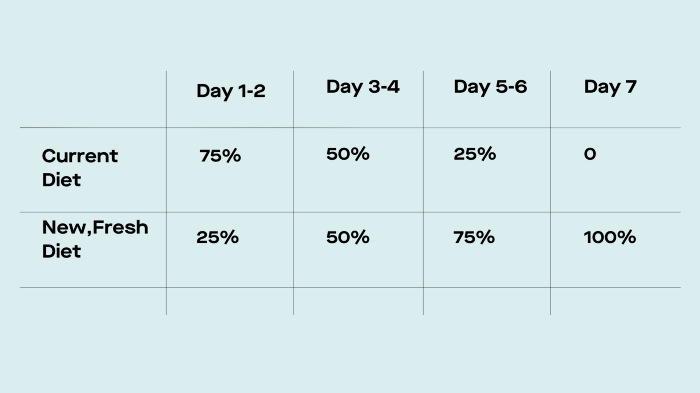
If the symptoms last longer than expected and the situation does not seem to be correct, you should consult your veterinarian. There are other possible causes of digestive disorders, such as medical conditions and environmental stress that may not be directly related to dietary changes.
What are the possible symptoms?
When you change your dog’s diet, there are a few things to be aware of. Pay attention:
Stool consistency: Some dogs transitioning to fresh food may experience changes in stool consistency – from harder poop to soft stool or watery diarrhea, as well as increased urge to bowel movements. After the gut bacteria adapt to the changes, diarrhea should stop.
Poop color variation: It is common for new food ingredients to change the content and color of a dog’s feces. If you notice that your dog’s poop has a different brown color, there is no need to worry. You may also see traces of ingredients, including vegetables, so don’t panic.
Regurgitation: They may eat too quickly and some foods will be found again.
Decreased appetite: If your dog is a picky eater, it may take some time for them to adjust to the new food. Loss of appetite can also be caused by other causes, such as illness, medications, or stress caused by environmental changes. If your dog does not regain its appetite, you can try different foods. We offer a variety of recipes for picky dogs at Stay Labs. If this problem lasts longer than expected and the situation does not seem to be correct, you should consult your veterinarian.
What else can I do to ease the transition
If you find any of the above issues, we have some common suggestions to help you:
Regular feeding time: The microbiome is influenced by the body’s internal clock and in turn affects it. Regular feeding times help the gut “know” when to expect food and can ease or eliminate digestive problems.
Eat slowly: Try dividing meals or using food puzzles to slow them down and prevent discomfort and reflux.
Added Rice: Cooked white rice is easy to digest and a great source of carbohydrates, and the compounds in it help reduce fluid loss during diarrhea. If your dog has diarrhea, you can help them by adding a small amount of rice to their food.
Remember: transitional symptoms are natural, and they will disappear quickly. Dogs that complete the transition process and eat a keep-to-eat diet have stronger, healthier microbiomes. Give it a try and you’ll really start noticing how healthy and happy your dog is!

